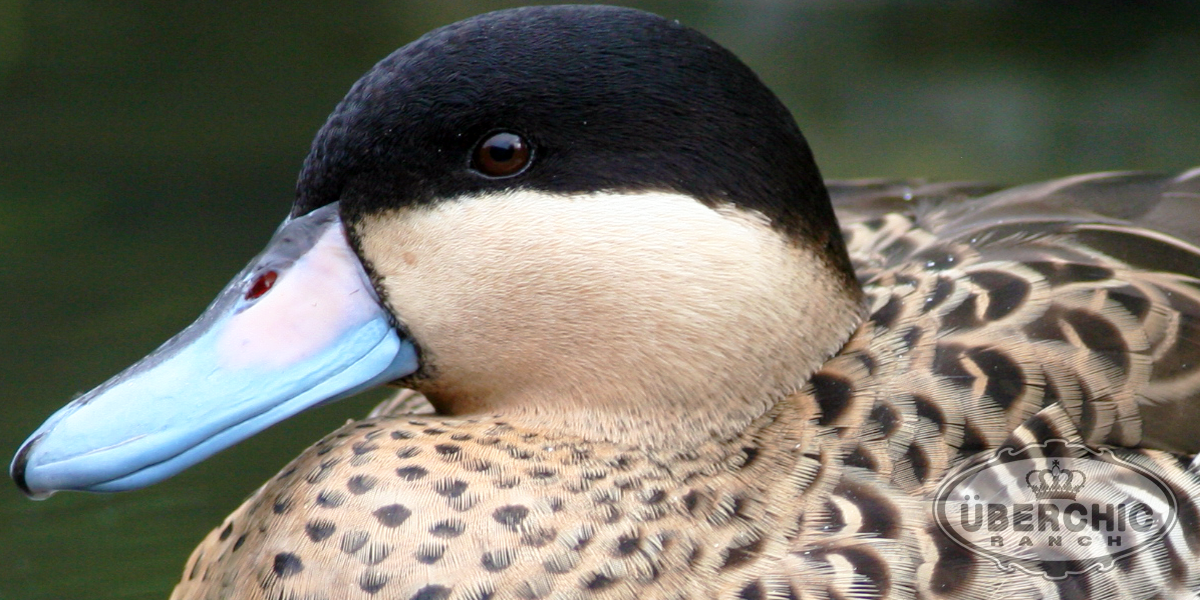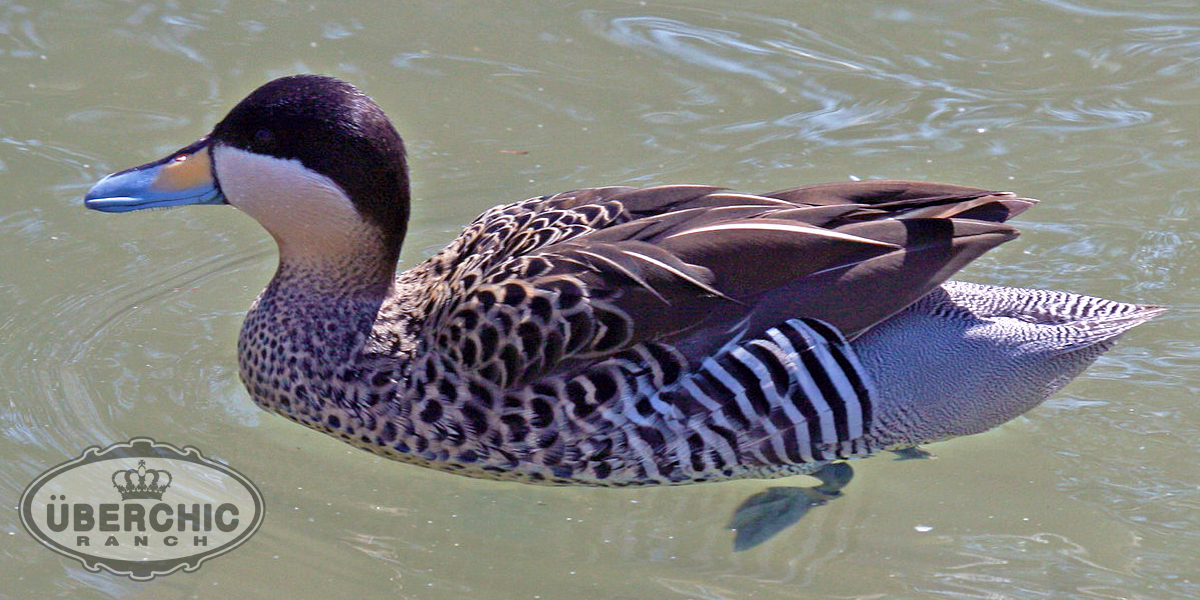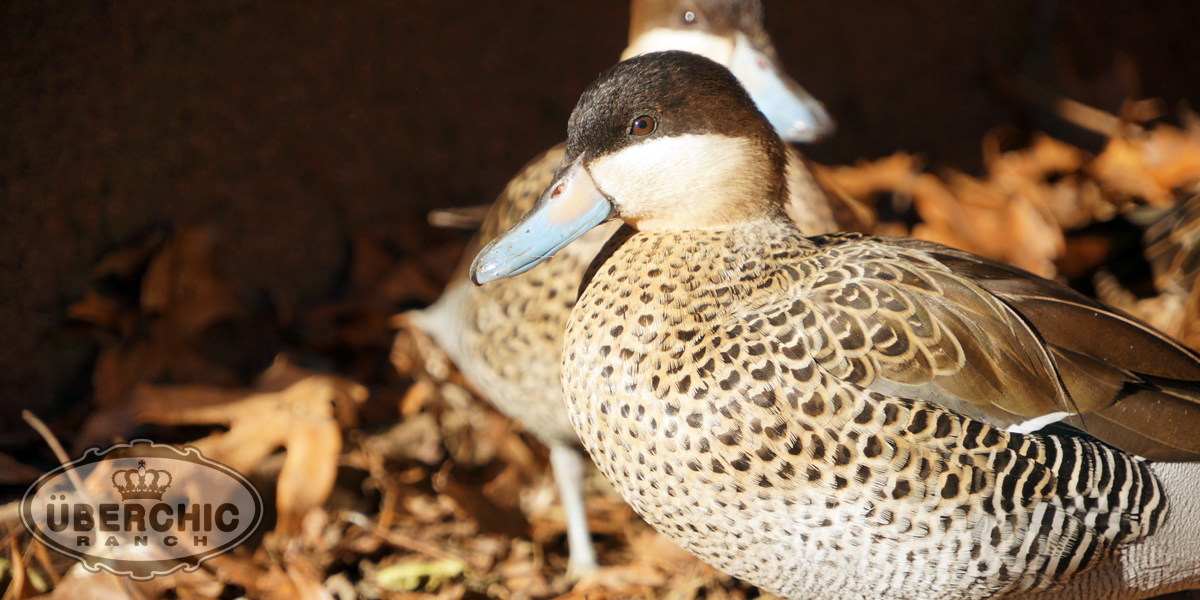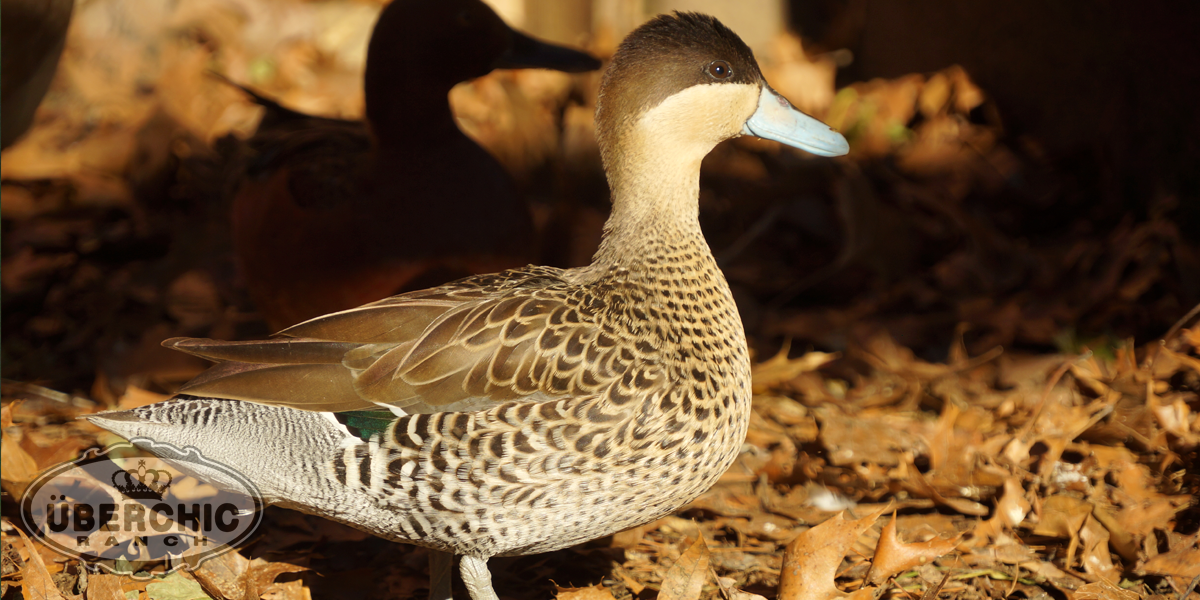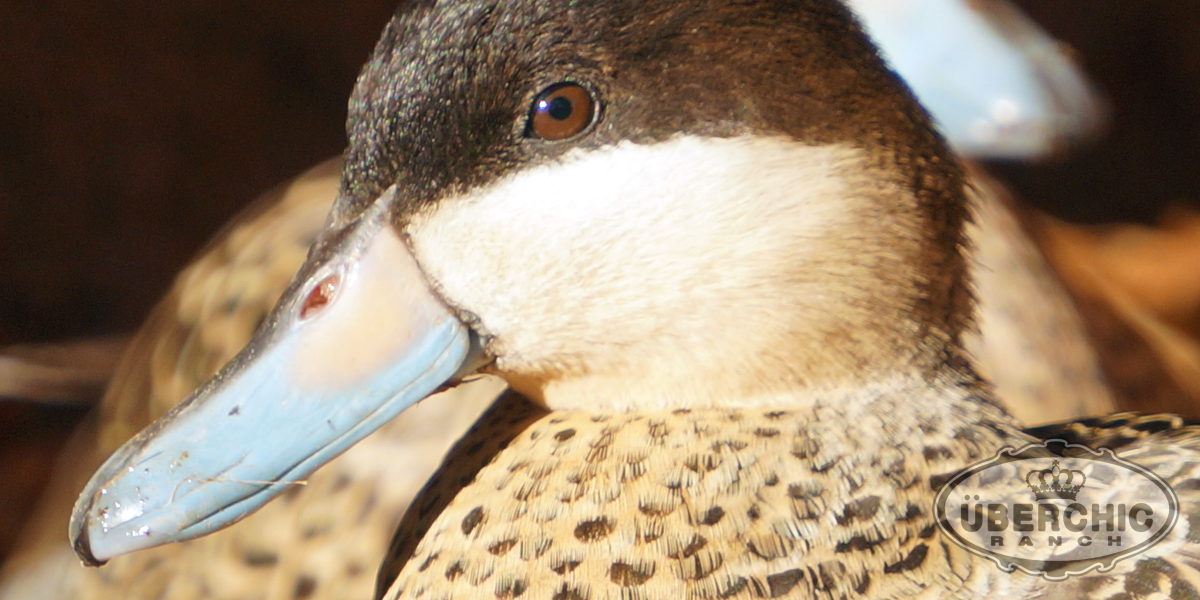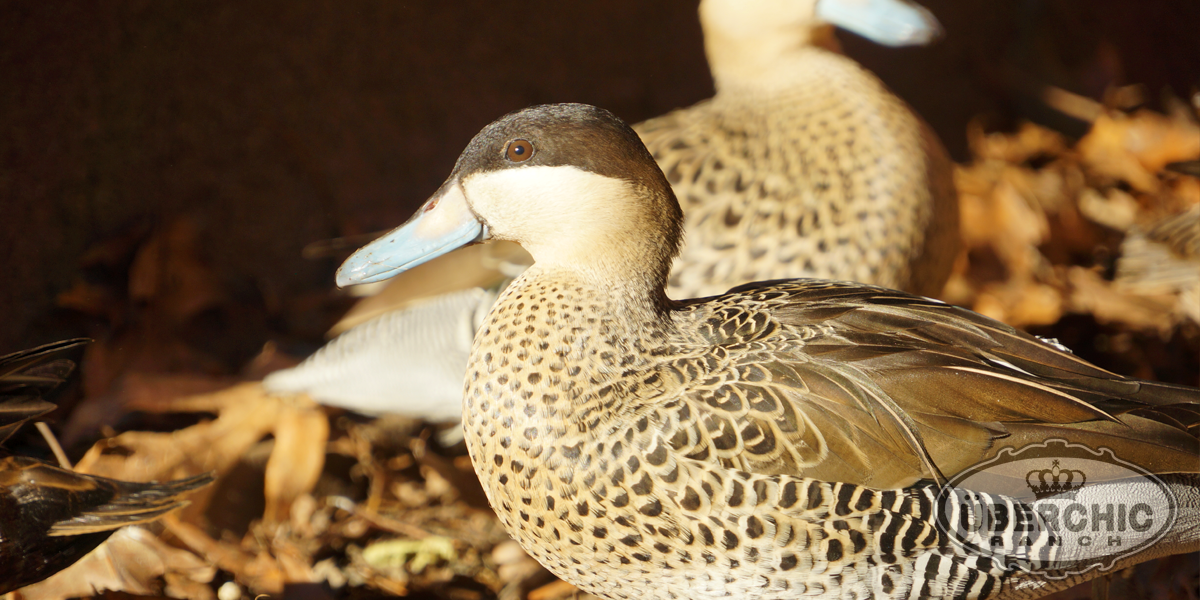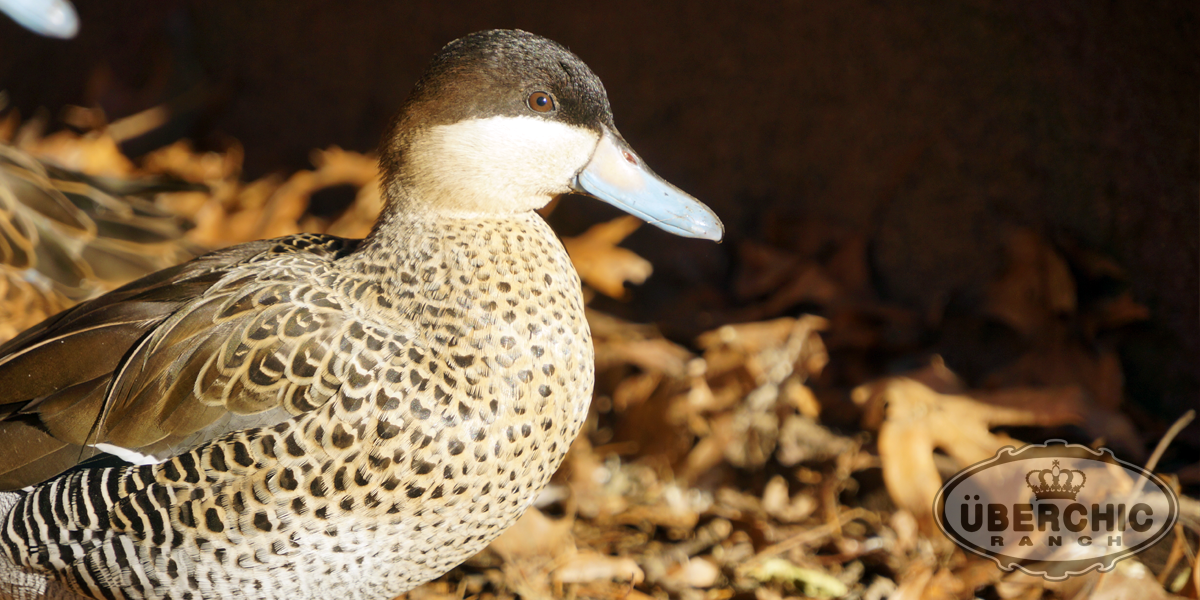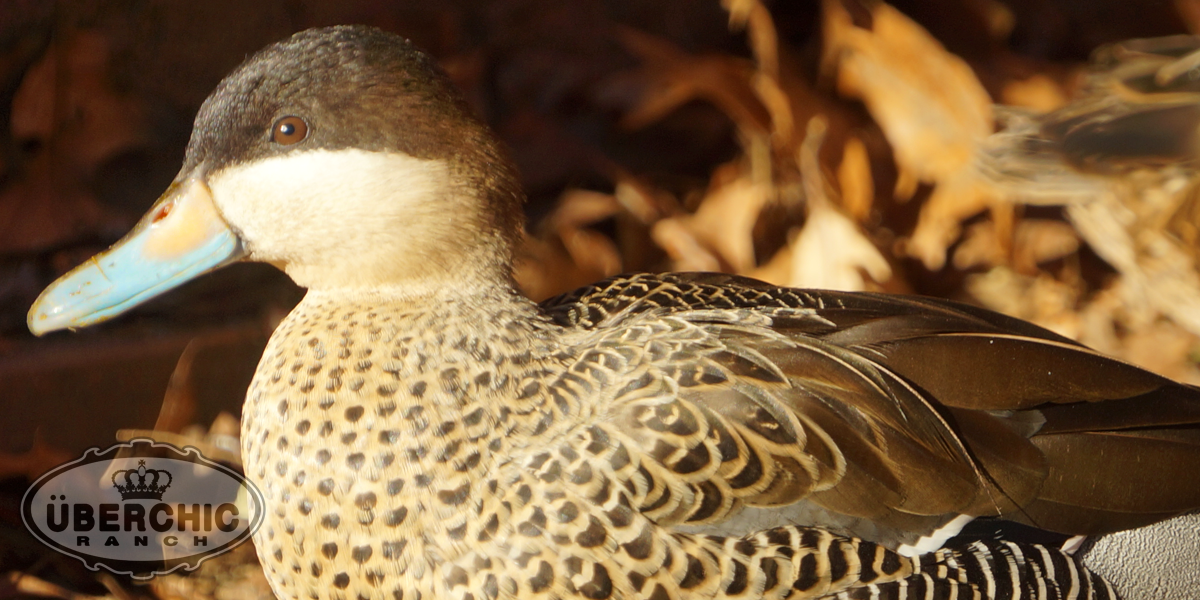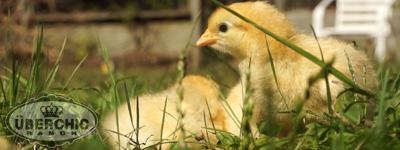The Strikingly Dapper Waterfowl
The Silver Teal (Spatula versicolor) is often confused with the even rarer Puna Teal (Spatula puna). Both are located in the Southern portion of South America, particularly in Argentina and Patagonia, whereas the Puna Teal is found throughout the Andes Mountains. This makes it highly unlikely for the Silver Teal to hybridize with Puna Teal in the wild. In captivity, however, hybridization often occurs for various reasons, including hobbyists "confusing" the two species since they look extremely similar, or from having the two species of Teal in the same enclosure which may tempt the pairs to hybridize, among other reasons. Silver Teal Duck population in the wild is approximately 100,000 birds, while the Puna Teal is estimated to be less than 25,000 left.
Although the Cinnamon Teal are smaller than Mandarins and Wood Ducks, Silver Teal are larger than Cinnamon Teals, but not quite as big as Mandarins and Wood Ducks. Silver Teal have a beautiful speculum that ranges from blue to green, sometimes appearing as turquoise. Since most waterfowl feathers reflect various colors of light, one would have to observe and approach the Silver Teal from multiple angles to truly appreciate its subtle beauty. This is why Silver Teal are commonly grouped with other blue-winged ducks. Silver Teal are also known as "Versicolor Teal" but is no longer a commonly used name. Both male and female Silver Teal appear to be almost physically identical, known as its genotype being monomorphic. They have a striking bill that begins yellow-green, outlined with a rich blue.
The breeding season varies for the Silver Teal, being that they are a Southern Hemisphere bird, their natural breeding season is October through January. However, if the Silver Teal is captive bred in the Northern Hemisphere, the breeding season is typically April through June. It takes 1 to 2 years for the Silver Teal adults to be sexually mature, where they make their ground nest and commonly lay 7-11 eggs per clutch, per hen, lasting approximately 25 days before they hatch. Since Silver Teal are smaller waterfowl, it wouldn't be best to keep them with larger waterfowl during the off-season, but carefully observe how other captive species would behave with your Silver Teal. Generally, being they are a smaller waterfowl, care for the Silver Teal is quite simple so maintaining even a few pairs would not require much effort, provided they have a proper aviary with clean pond water. Silver Teal would be a delightful and exotic addition to any aviary for hobby or for conservation.
Excellent Tolerance
The very tip of Argentina can become quite cold so Silver Teal does well in harsh Winter climates. Being smaller, Silver Teal also copes well in smaller enclosures and aviaries.
Calm and Inquisitive Demeanor
The Silver Teal are generally very amicable, except may display some territorial behavior during breeding season, being ground nesters.
Community Birds
If the Silver Teal has enough space requirements and is placed with other community birds, you will find a peaceful aviary.

